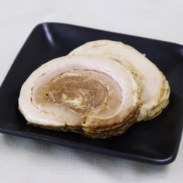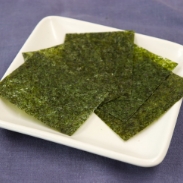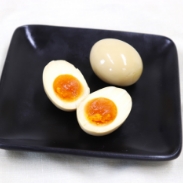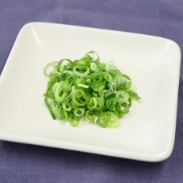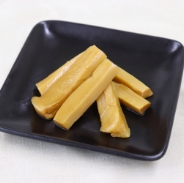Ramen is simple but profound. Originally imported from China, the noodle soup dish has fascinated Japanese people and has evolved to become one of the representative Japanese foods. You might find ramen restaurants in every street corner in Japan.
These days, ramen has become one of the most exciting global food trends, making it not only popular in Japan but also worldwide. Ramen ranked number three on a list of Japanese foods that foreign visitors want to enjoy in Japan.
Ramen is made up of three factors: noodles, soup, and toppings.
Noodles are basically made of wheat flour, but come in many different types depending on the thickness and texture. For instance, thick and firm noodles pair well with rich flavored soup such as miso, and thin and straight noodles are best with clear soup flavored with salt.
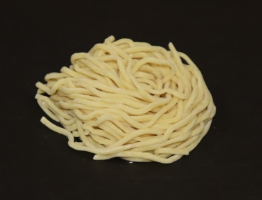
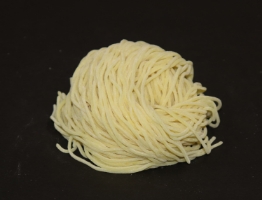
When it comes to instant noodles, there are two ways to dehydrate the noodles: deep-fried and non-fried. These two dehydrating methods produce totally different taste and texture. Fried noodles are often oily and soft, while non-fried noodles have a similar taste and texture to fresh noodles at restaurants. Both are widely loved depending on customers’ preference, but non-fried noodles have increased in popularity especially among health-conscious customers.
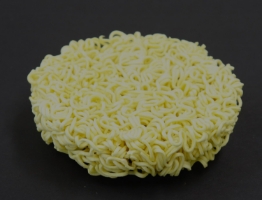
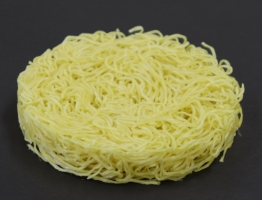
Ramen is typically categorized according to the soup, which is a combination of stock and soup base. Stock is often produced from chicken, pork, beef, or seafood, while the soup base is made from soy sauce, salt, miso, or pork bone. The combination of stock and soup base creates endless possibilities in the ramen flavor.
While traditional ramen soup is made with meat-based ingredients,
recent trends and awareness for a meat-less diet have inspired some
ramen restaurants to create vegan ramen. For our instant vegan ramen
line, we have developed our own special technique to create an Umami
flavor using a rich combination of vegetables and spices.
(Please
see our VEGAN NOODLES page for more details.)
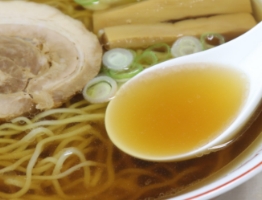
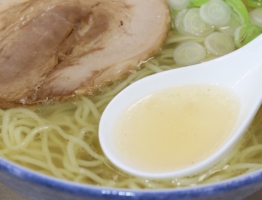
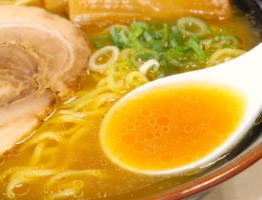
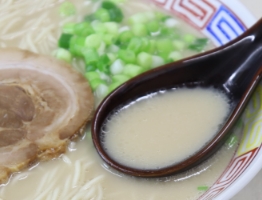
Ramen is most often served in a hot soup, but there are other varieties as well. Noodles that you dip into a separate soup broth is called “Tsukemen,” while broth-less ramen that you mix with the oils and condiments at the bottom of the bowl is called “Mazemen.”
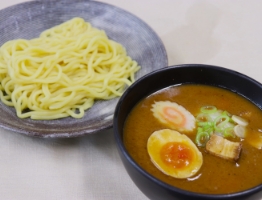
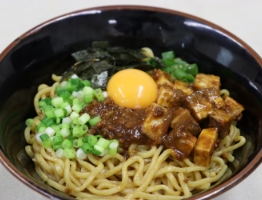
Toppings have a huge variation from meat, seafood, to vegetable. Common toppings are chashu (fatty slice of roasted pork), seaweed, boiled egg, scallions and menma (bamboo shoots), all of which make the ramen taste rich and flavorful.
